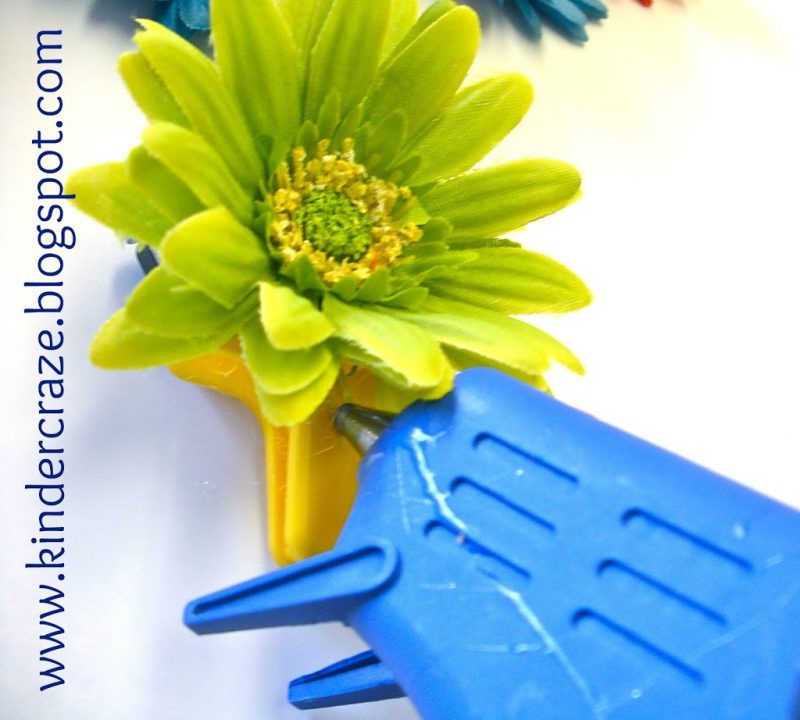

Father’s Day is nearly a month away, but it’s never too early to get started on a project for Dad (especially since my kiddos graduate in a week!) I realize nothing can top the precious Tea Party we hosted for Mother’s Day, but the fingerprint paintings we created in class do make a pretty awesome gift for the Dads.
I love the creative mind of Ed Emberly. He has such a magical way of capturing the essence of everyday objects into simple shapes and drawings for children to complete. Taking inspiration from Ed Embery’s Great Fingerprint Drawing Book, each student created a pond scene for their fathers. In my classroom, creating these paintings is a 3-day project, and each day requires about 30 minutes of class time.
If you do not allow adequate time for the paint to dry fully, the colors run together and drawing the details becomes a very messy challenge.
Here is a quick overview of the process:
Now for some details. I always like to have students paint on white construction paper. Later, I mount the finished paintings onto bright blue cardstock and frame the artwork before it is sent home. With this in mind, I always start by finding the frames. This year, I used simple acrylic 4″x6″ portrait frames. Keeping in mind my desire to mount the paintings when they are finished, I cut the white construction paper into 3.5″x5.5″ pieces.
I like the background to be very light so I dilute a little turquoise tempera paint with a lot of water. Two students work with me at the same time and use the diluted paint mixture and a nice full-bristled paint brush to quickly paint on the background. Students are instructed to leave the top of the painting white.
We complete the fingerprinting process as a whole-class activity. For this portion of the project, students use watercolor paints. They prepare by adding water to all of their paint colors then we practice a few different kinds of fingerprints on scrap paper. After everyone has had an opportunity to practice their fingerprinting, I distribute the art papers and we create each fingerprint together. I provide very specific instructions about what color to use, what kind of print to make, and where to place the print on the art paper.
The final phase of this project is using a pen to transform the colorful blobs (fingerprints) into animals. We use Pilot Razor Point pens for this project. They make a stronger mark than ball-point pens but the marks they create are not quite as heavy as felt-tip pens. This final task is also done whole-group (which is only possible with the assistance of my ELMO document camera.)
Before we begin, I have a BIG talk with the students about the importance of listening carefully to directions and not freaking out if they make a mistake. I explain that if it’s a small mistake, nobody will ever notice, but if they cross anything out or scribble on their paper, then it becomes a big mess that everybody looks at. This is usually a highly-effective talk and I rarely see any type of scratch marks on the drawings.
Once we are ready to begin, I lead students through the process of decorating each animal. We start with the simplest drawings first (tadpoles) and gradually make our way to the most complicated drawings (ducks).
Completed fingerprint art projects, framed and ready to wrap!


I’m a former kindergarten teacher turned work-from-home mom. I still love sharing ideas and resources to make teaching easier, so you can focus on what really matters in the classroom. When I’m not working on the blog, you’ll find me chasing kids around the house with a cold cup of coffee in my hand (some things never change even once you’re out of the classroom!)

©2021 Kinder Craze. All Rights Reserved.

3 Responses
I adore those fingerpaint drawings!! Thanks for the helpful tips! 🙂
Lisa
Learning Is Something to Treasure
Thanks Lisa! I’m glad you found the post useful.
Maria
Hi Maria, Thanks for visiting and following my blog- So happy to find yours! I love this fingerprint art and have been wanting to try it! I’m a new follower 🙂
primary practice